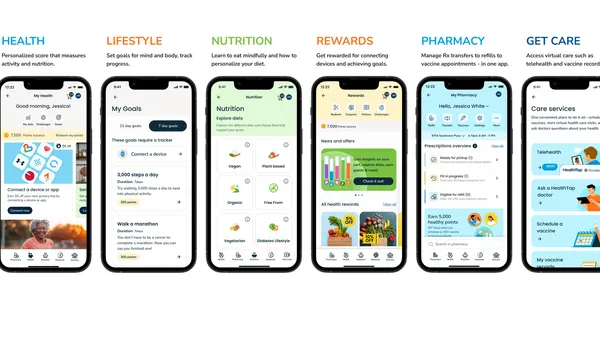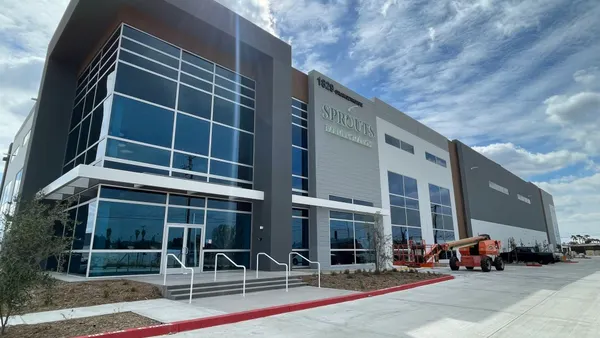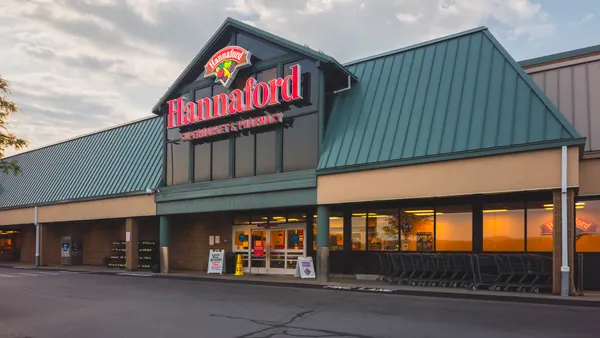Dive Brief:
- Continuing its months-long rollout of tools for workers, Instacart announced on Tuesday that it's introducing new resources to improve access to customer tips and offer more options for order batching.
- Instacart said the tools aim to increase workers’ earning potential, from encouraging customers to increase tips on 5-star orders to offering workers the ability to shop across multiple stores or add on an order while they're already shopping.
- The announcement is part of a four-month-long rollout of tools for Instacart's workforce as it fights to retain gig shoppers at a time of low unemployment.
Dive Insight:
Instacart is expanding the tools and services available to its workforce as it embarks on its "third act" centered on strengthening its relationships with retailers and offering more services to them.
With the addition of tip protection, Instacart said it will "protect shoppers from customers who remove a tip without reporting an issue with the order" and cover the lost tip up to $10.
"While having a tip zeroed out after delivery is exceedingly rare, Instacart wants to ensure that shoppers are supported in the event that this happens," the company said in the announcement.
The company is making other changes to its tipping policy, including letting workers access tips two hours after delivering an order instead of waiting 24 hours to cash out, as it previously required. When customers rate a shopper with five stars, Instacart is now prompting them to consider increasing their tip, noting that this new feature has led to a 6% average increase in shoppers' earnings from tips on eligible orders during the feature's rollout over the last few months.
Customers who don't leave a tip when they check out will be reminded to add one — a feature that's so far prompted an average 12% reduction in customers who don't leave a tip, according to Instacart.
Instacart said each of the tip features are being rolled out to all customers and workers.
The company is also developing different types of order batching, including multi-store batches and the ability to accept an add-on order while shopping. These new batch types are currently being tested across North America, Instacart said.
Instacart has rolled out new features for its contract workers over the past few months that touch on a number of different areas. This includes in-store navigation, which can help speed up shopping; several safety features; and a progress tracker for real-time updates on earnings and promotions.
Instacart's workforce of more than 600,000 individuals plays a key role in securing and maintaining relationships with grocers. Grocery chains are establishing branded delivery and pickup services, but many still rely on Instacart to deliver orders. Now, the company is looking to handle more services for retailers, like ads and consumer insights, as its value has declined and competition has increased.
Instacart, which has weathered walk-outs and threats of strikes over the years, is looking to avoid worker unrest that could disrupt its business and that of its retail partners. In October, the Gig Workers Collective, a grassroots organization for gig workers, organized a one-day strike over wages and working conditions.
Along with worker pay, Instacart also has to grapple with safety on several fronts, from health risks posed by the pandemic to in-store violence.












